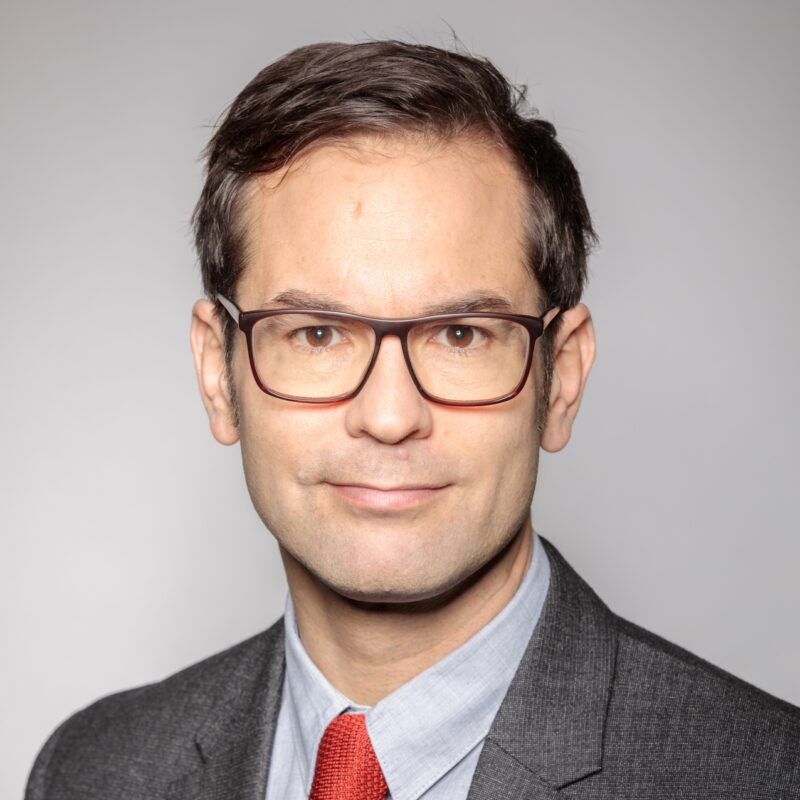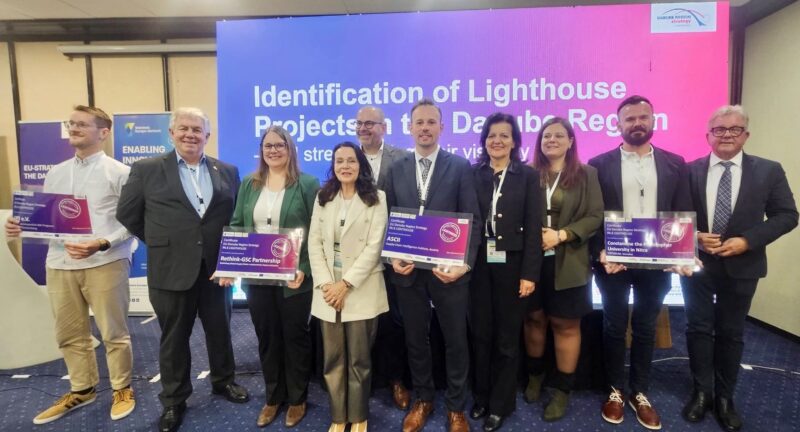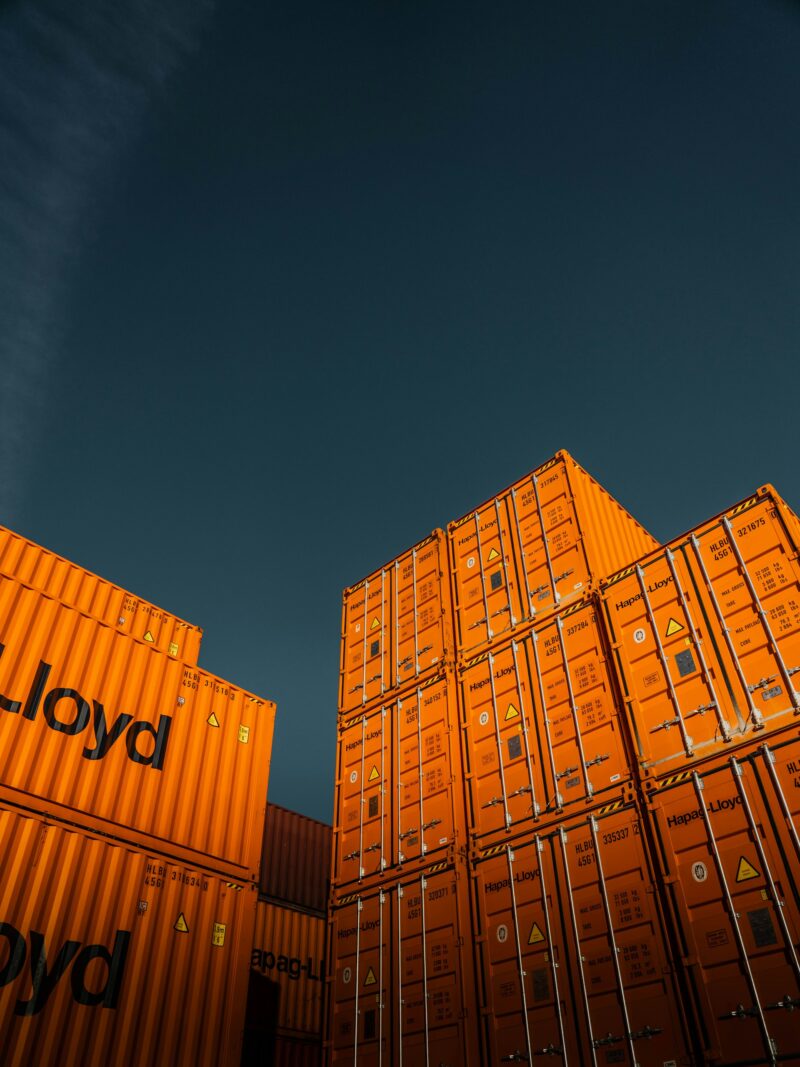
Enhancing the Use of Large Research Infrastructure for Innovation
Österreich wendet etwa 40 Mio. € pro Jahr für die Mitgliedschaft in internationalen und europäischen Forschungsinfrastrukturen auf. Dazu zählen z. B. das Europäische Kernforschungszentrum CERN in Genf (Schweiz), die European Synchrotron Radiation Facility (ESRF) in Grenoble (Frankreich), das European Molecular Biology Laboratory (EMBL) in Heidelberg (Deutschland) oder das Synchrotron-Forschungszentrum Elettra in Triest (Italien).
Austria spends approximately 40 million € annually on membership in international and European research infrastructures, such as the European Organisation for Nuclear Research (CERN) in Geneva, Switzerland, the European Synchrotron Radiation Facility (ESRF) in Grenoble, France, the European Molecular Biology Laboratory (EMBL) in Heidelberg, Germany, or the Elettra Synchrotron Research Centre in Trieste, Italy.
This enables Austrian scientists to participate in experiments at these facilities or use their equipment for their research. In addition to scientific findings, the construction and operation of large research infrastructures potentially generate numerous other economically and societally significant benefits.
For example, BSI centres often need new technologies to conduct their experiments. Therefore, they can be important early customers that reduce the market and development risks for companies that develop these types of equipment or software – a fundamental principle of innovation-promoting public procurement.
Research institutions can also transfer self-developed technologies for economic use, as seen with MedAustron in Wiener Neustadt, or they can train thousands of scientists who, after completing their doctorates or research stays, seek employment in science and corporate research.
Therefore, they can be important transnational actors for the national innovation systems of the countries that fund them. However, the proactive utilisation of this innovation potential requires specialised support organisations, such as those used by leading innovation countries like Germany, Denmark, Finland, Sweden, or Switzerland. Austria lacks such institutions, and the use of BSI centres for innovation activities is not a strategic goal of its research, technology, and innovation (FTI) policy. A WIFO Research Brief and a study commissioned by CERN describe ways to make better use of international large research infrastructures for the Austrian innovation system by establishing such a specialised support structure in Austria.
Publications
Please contact


















